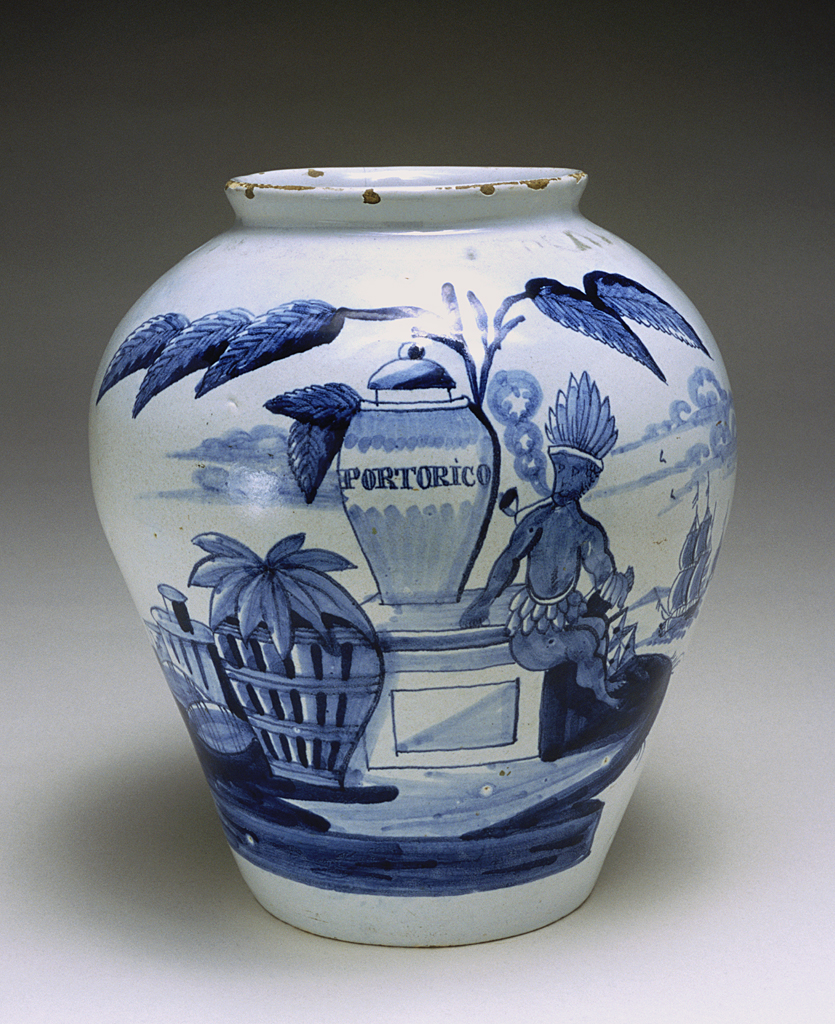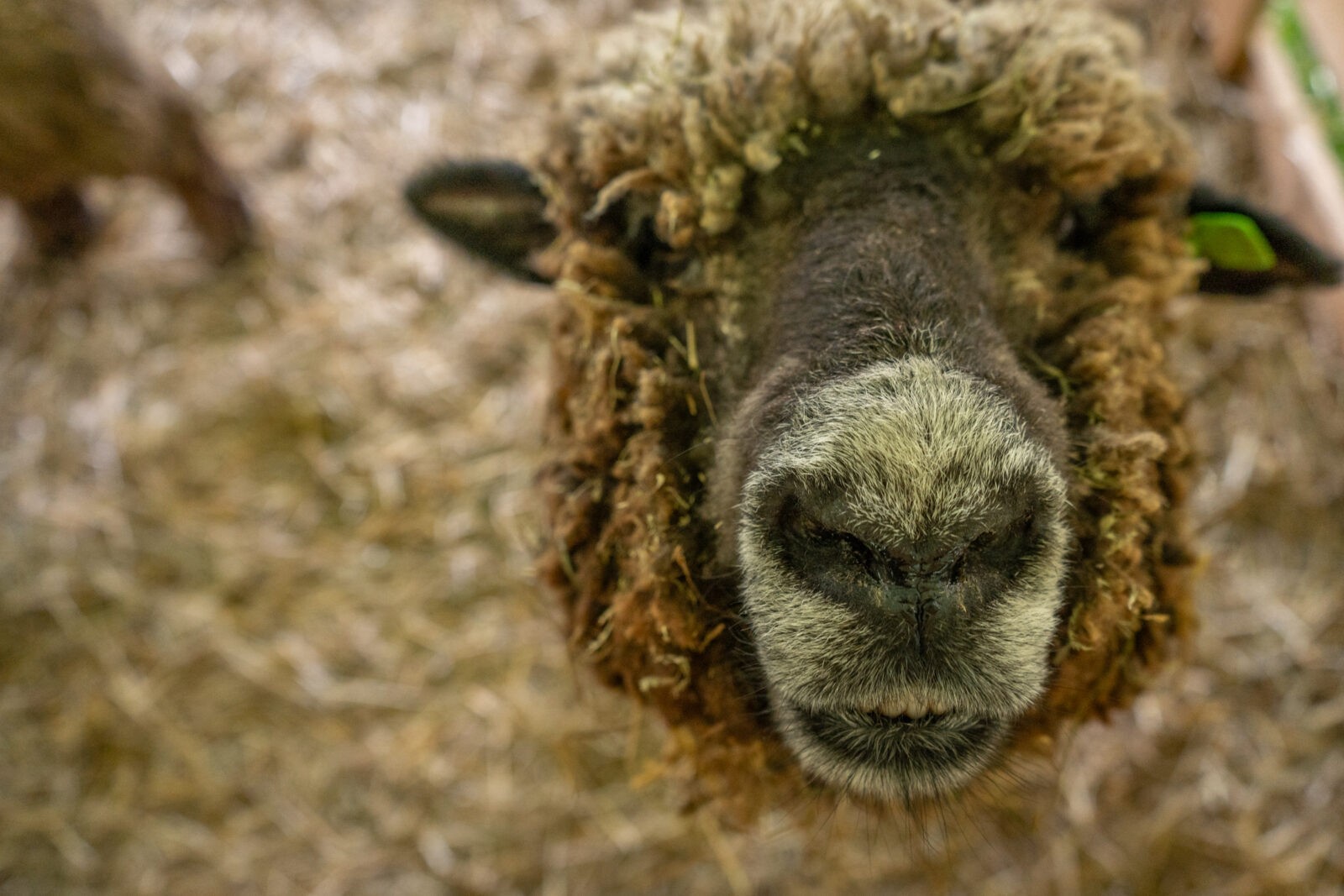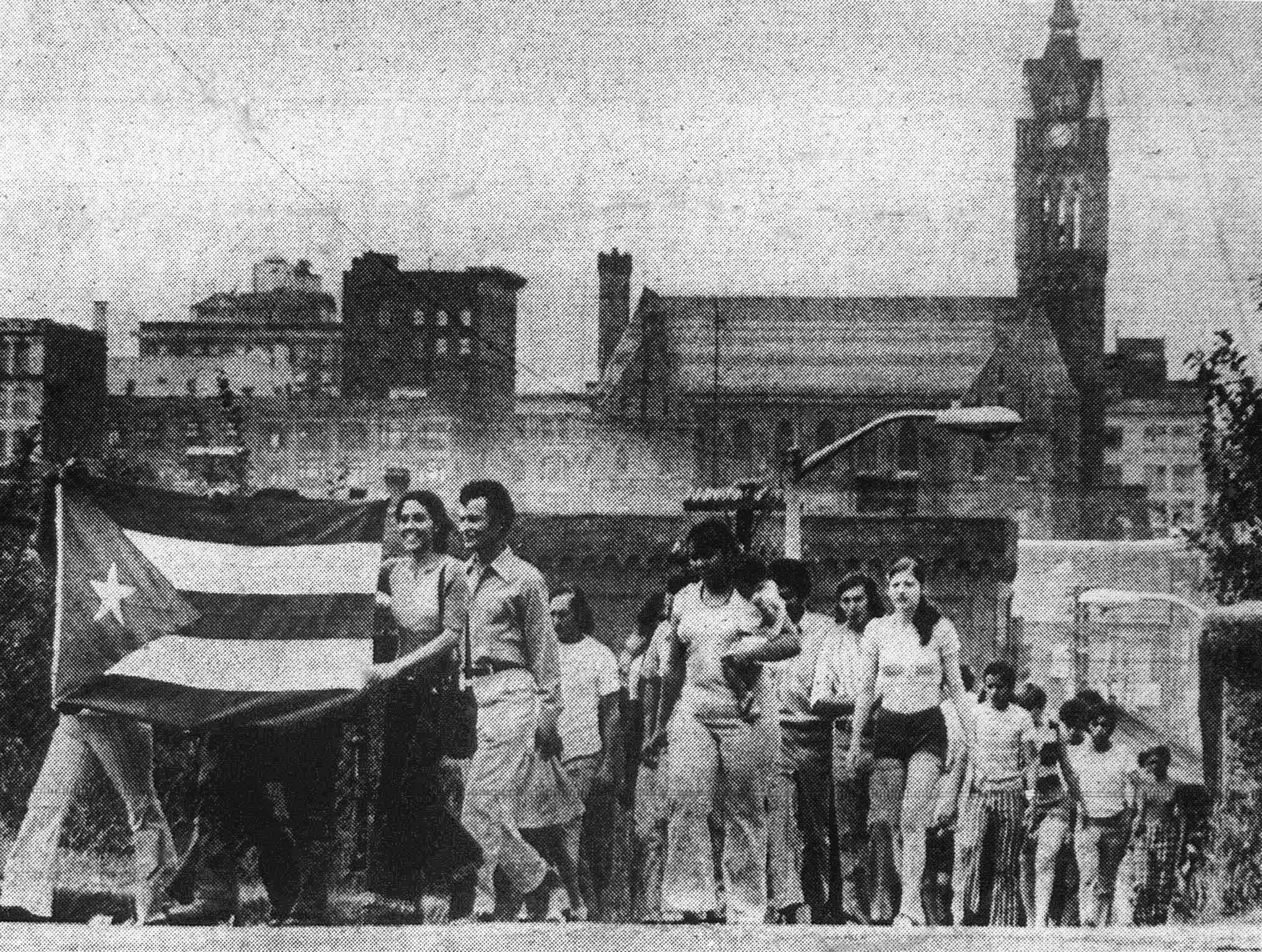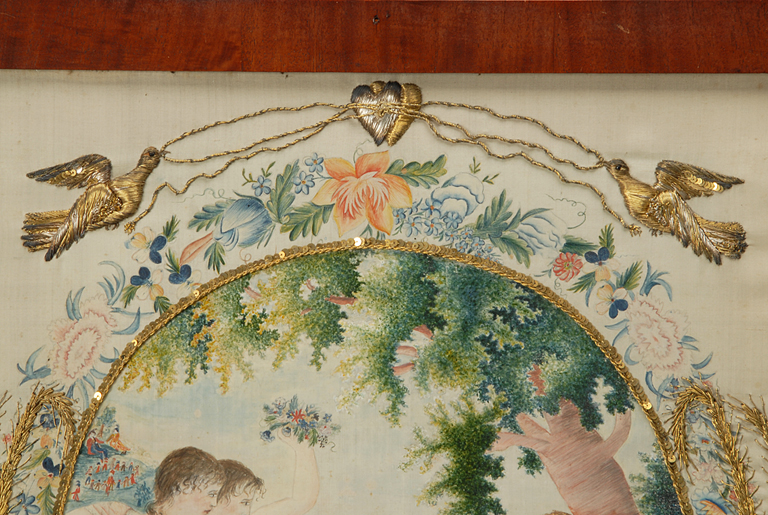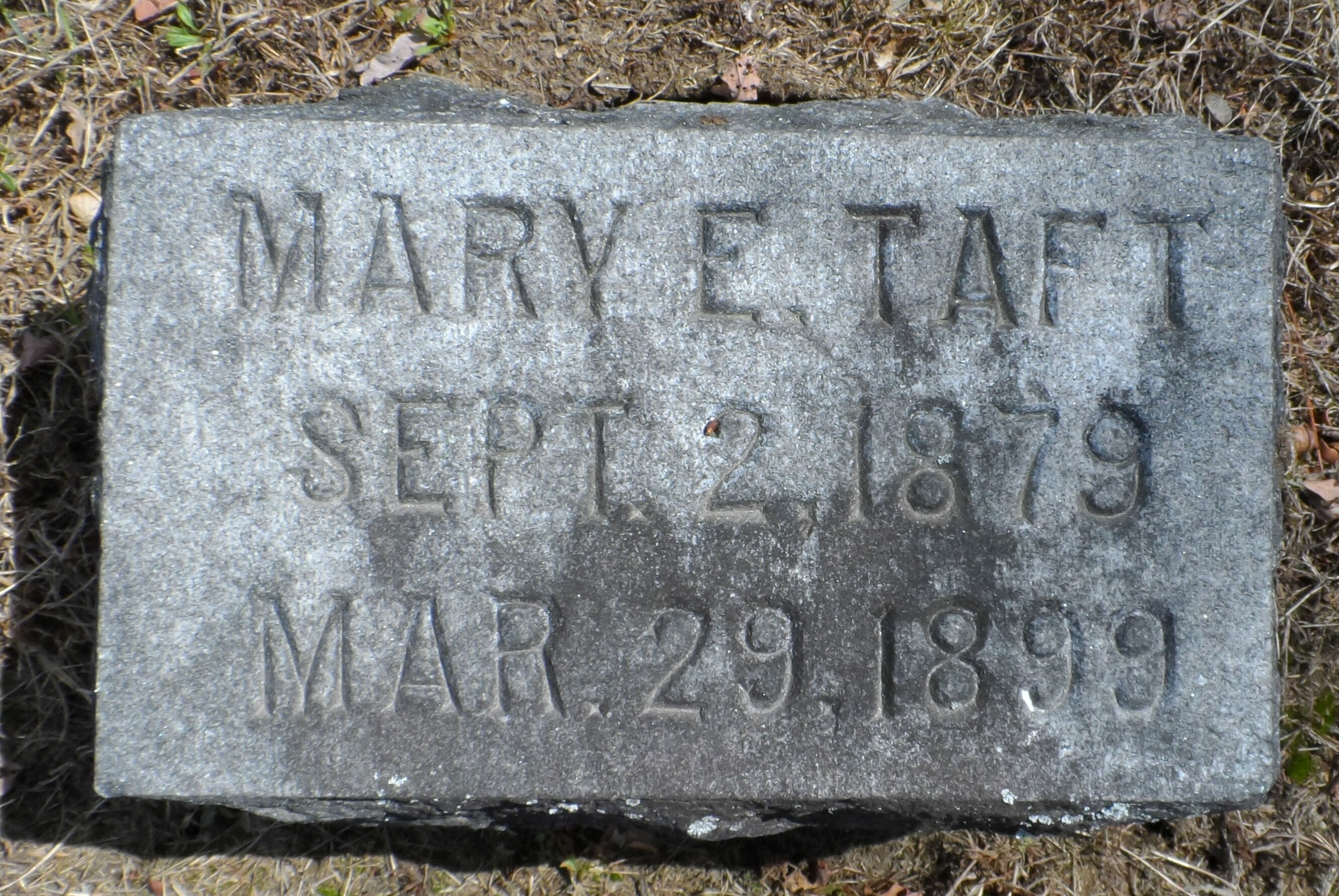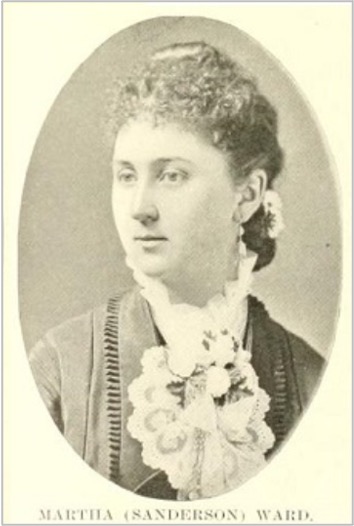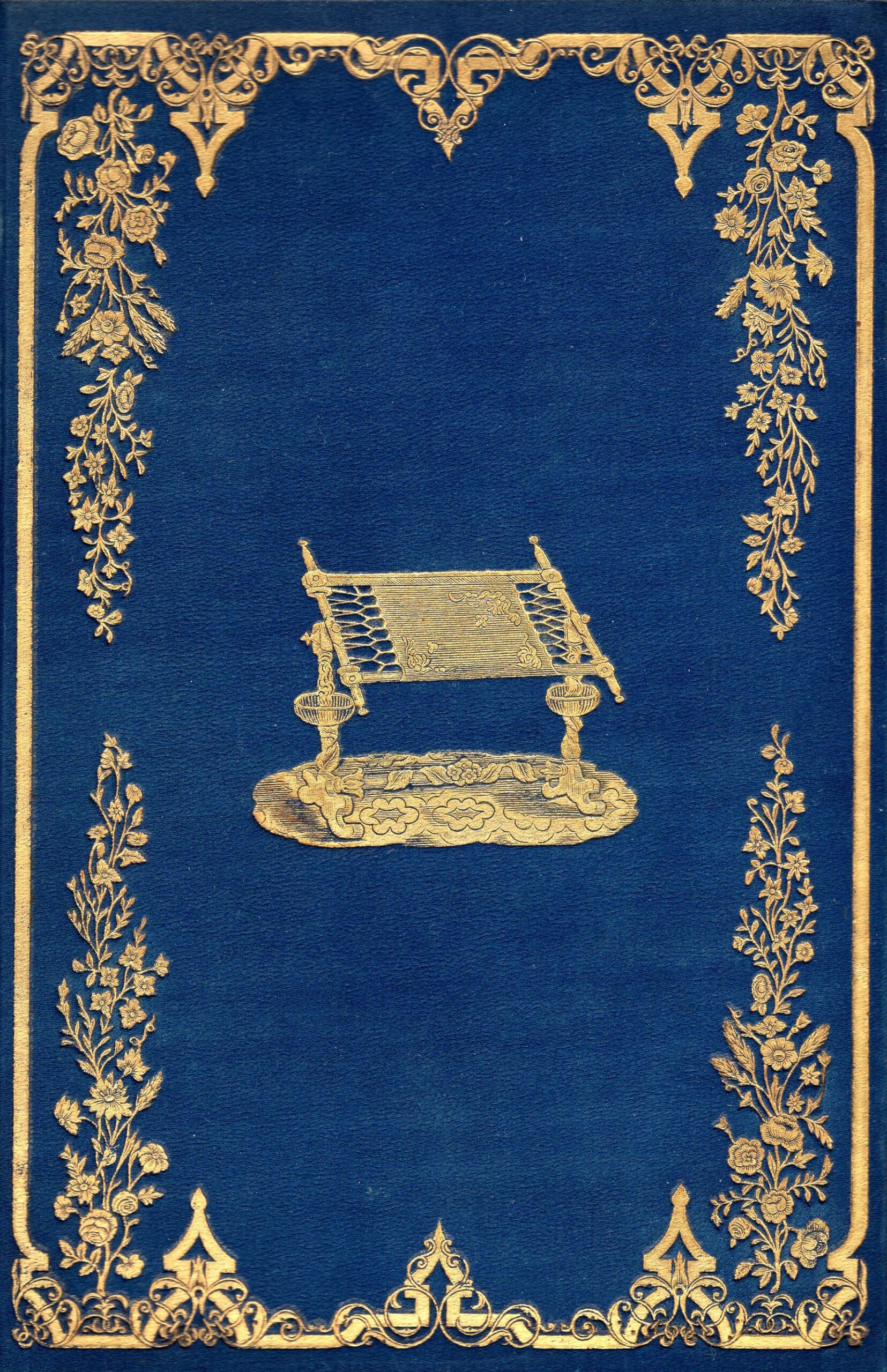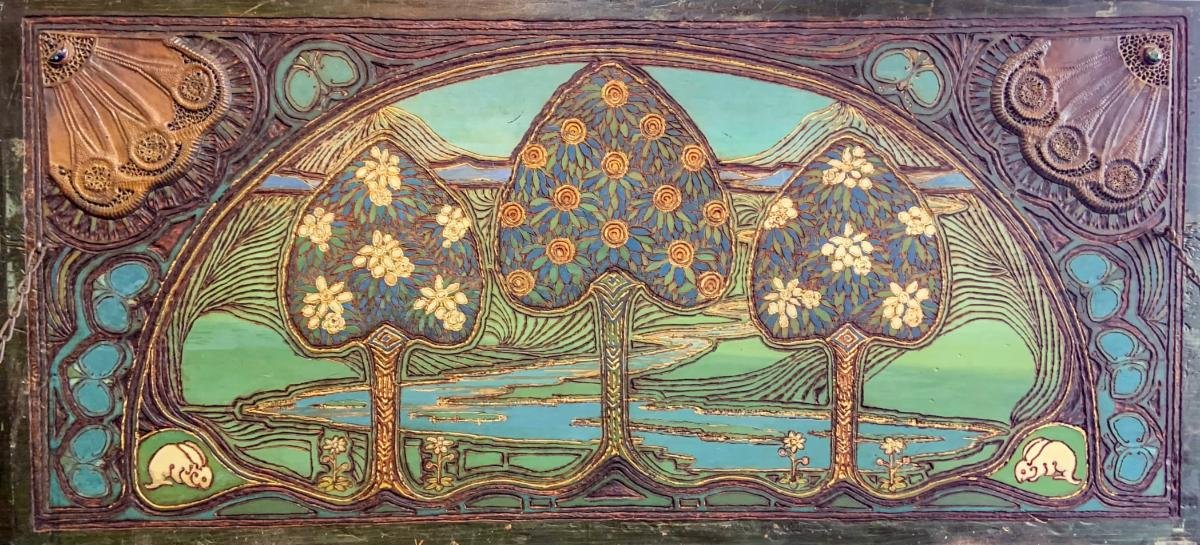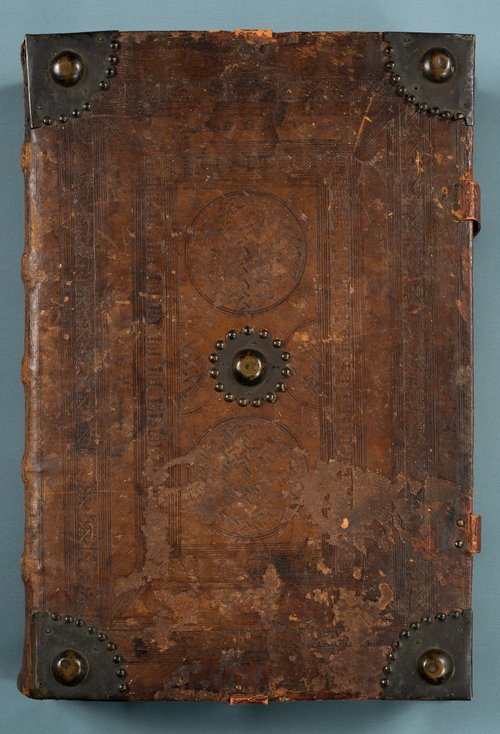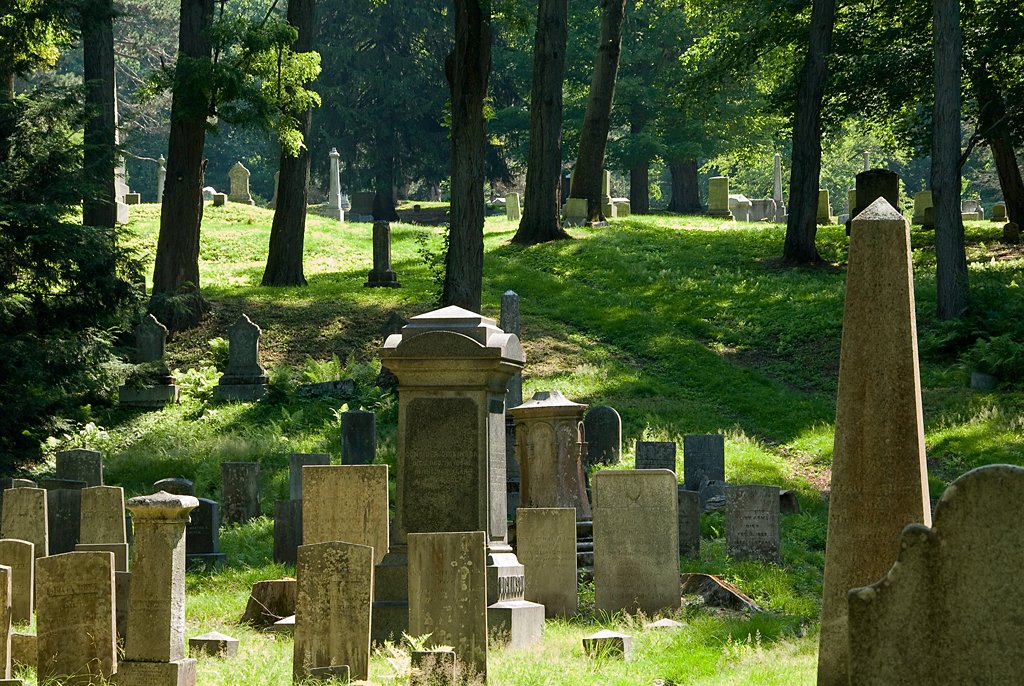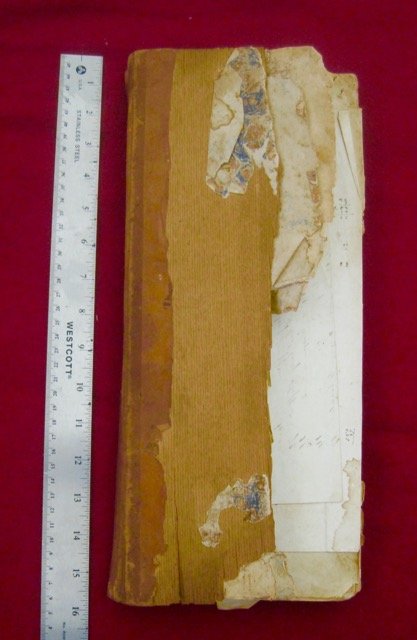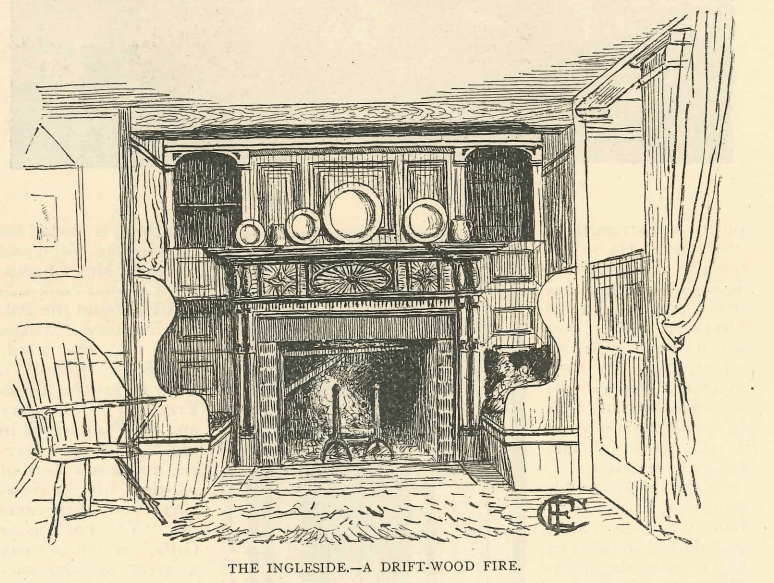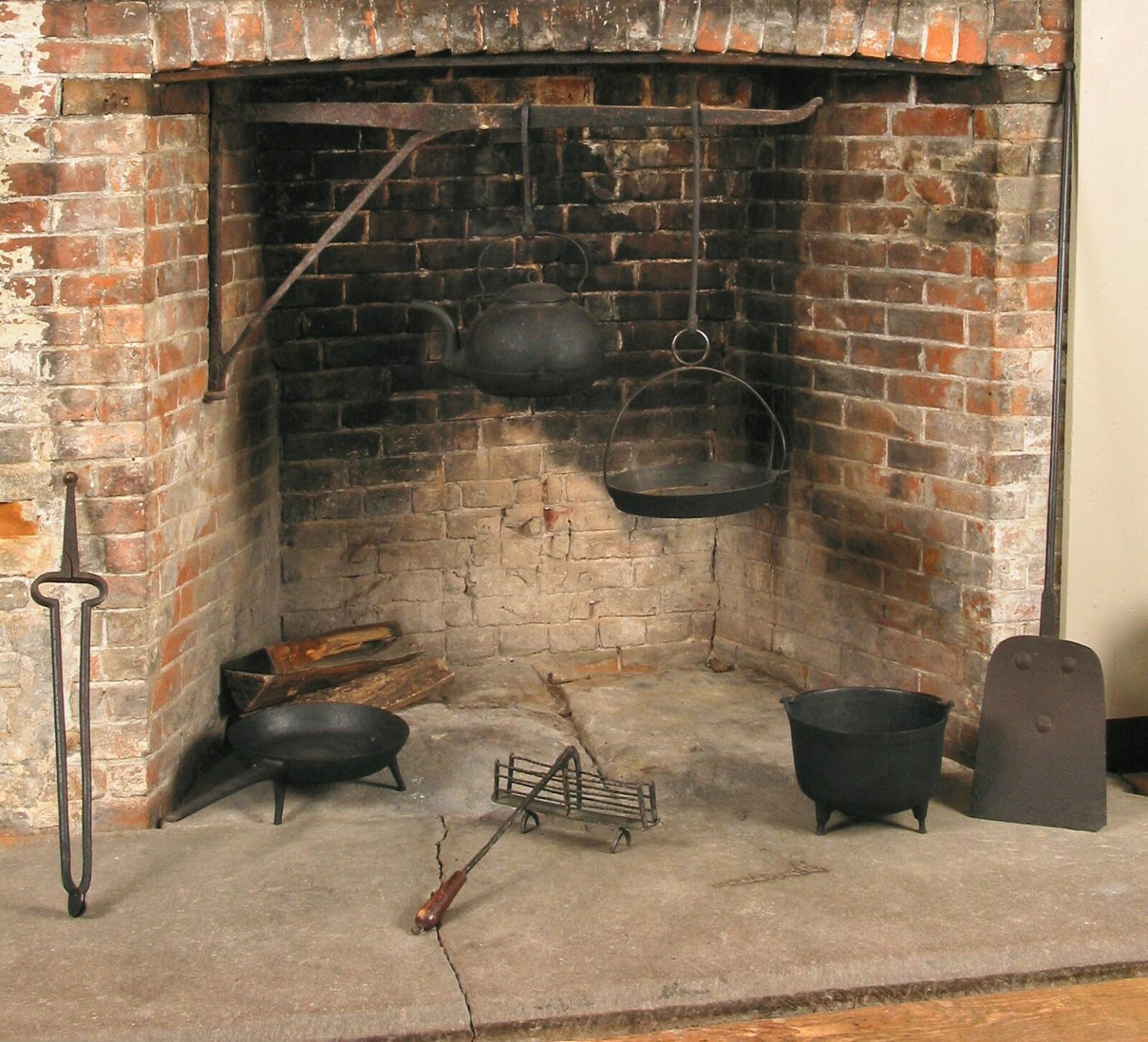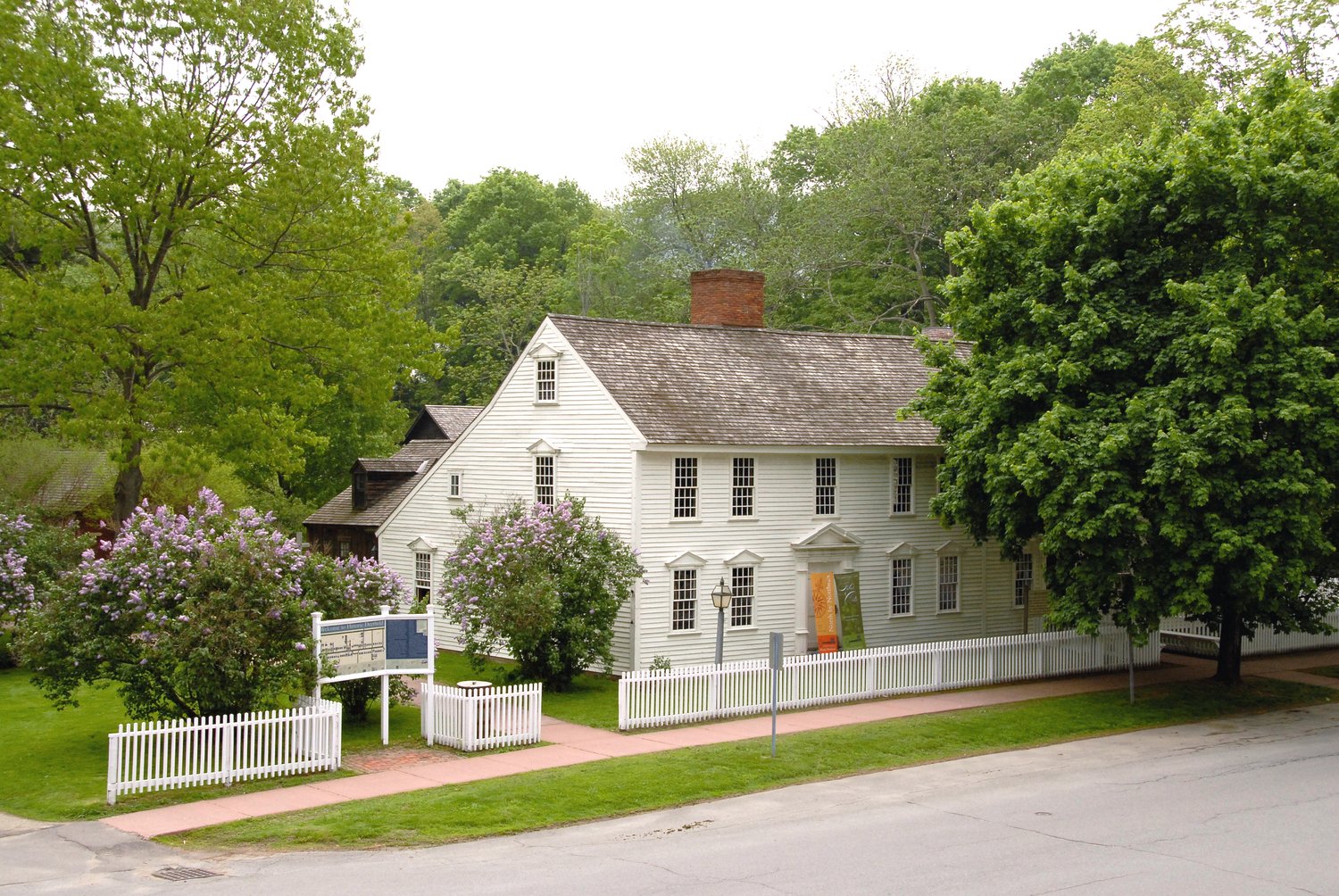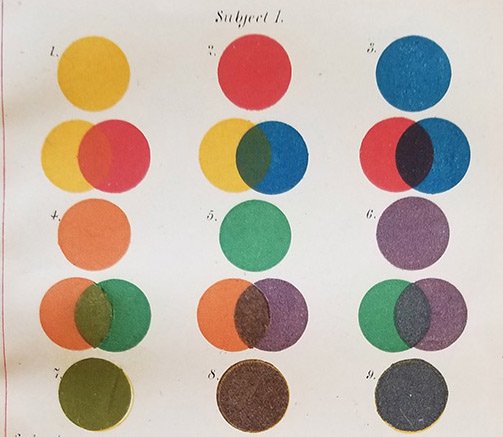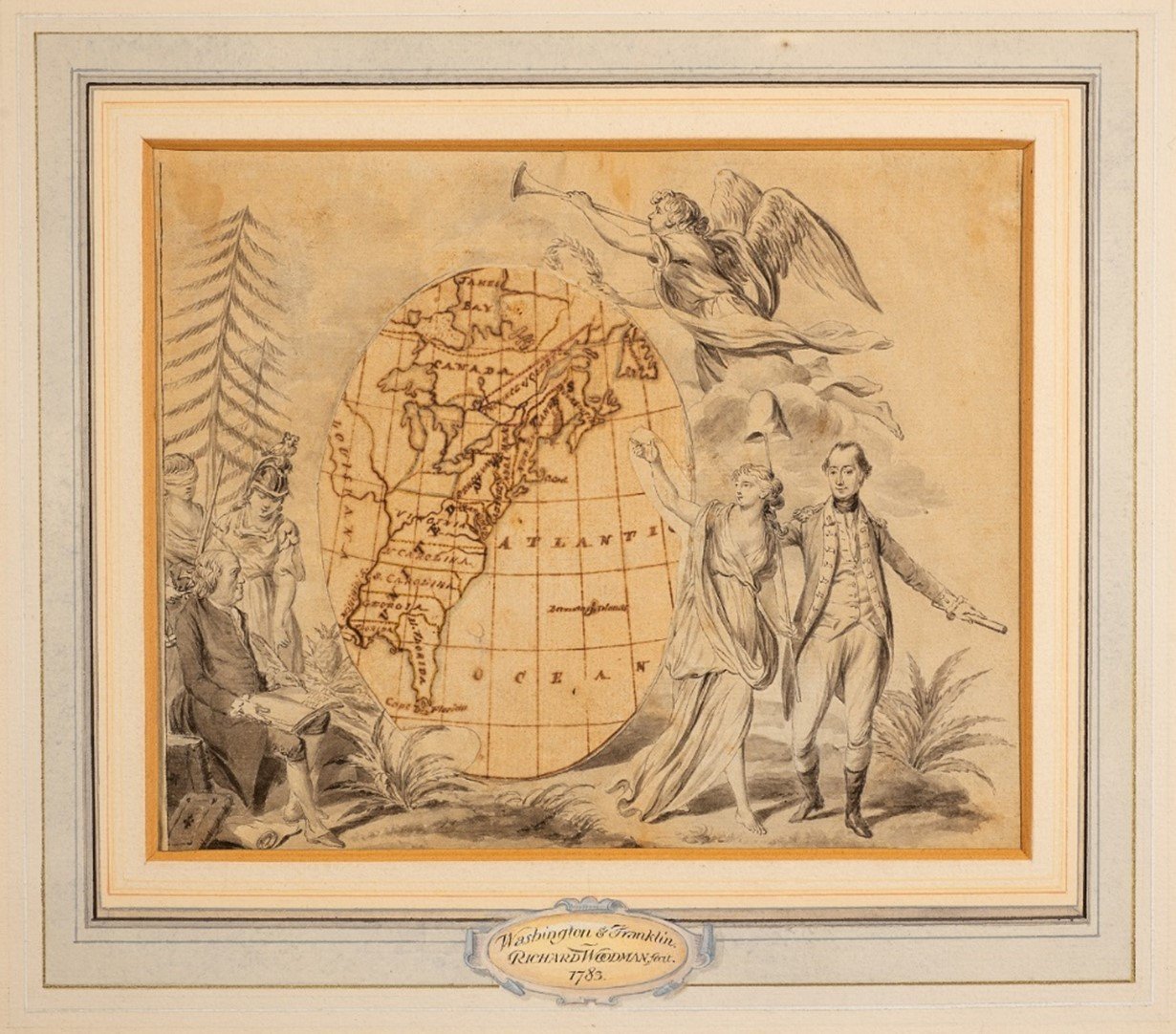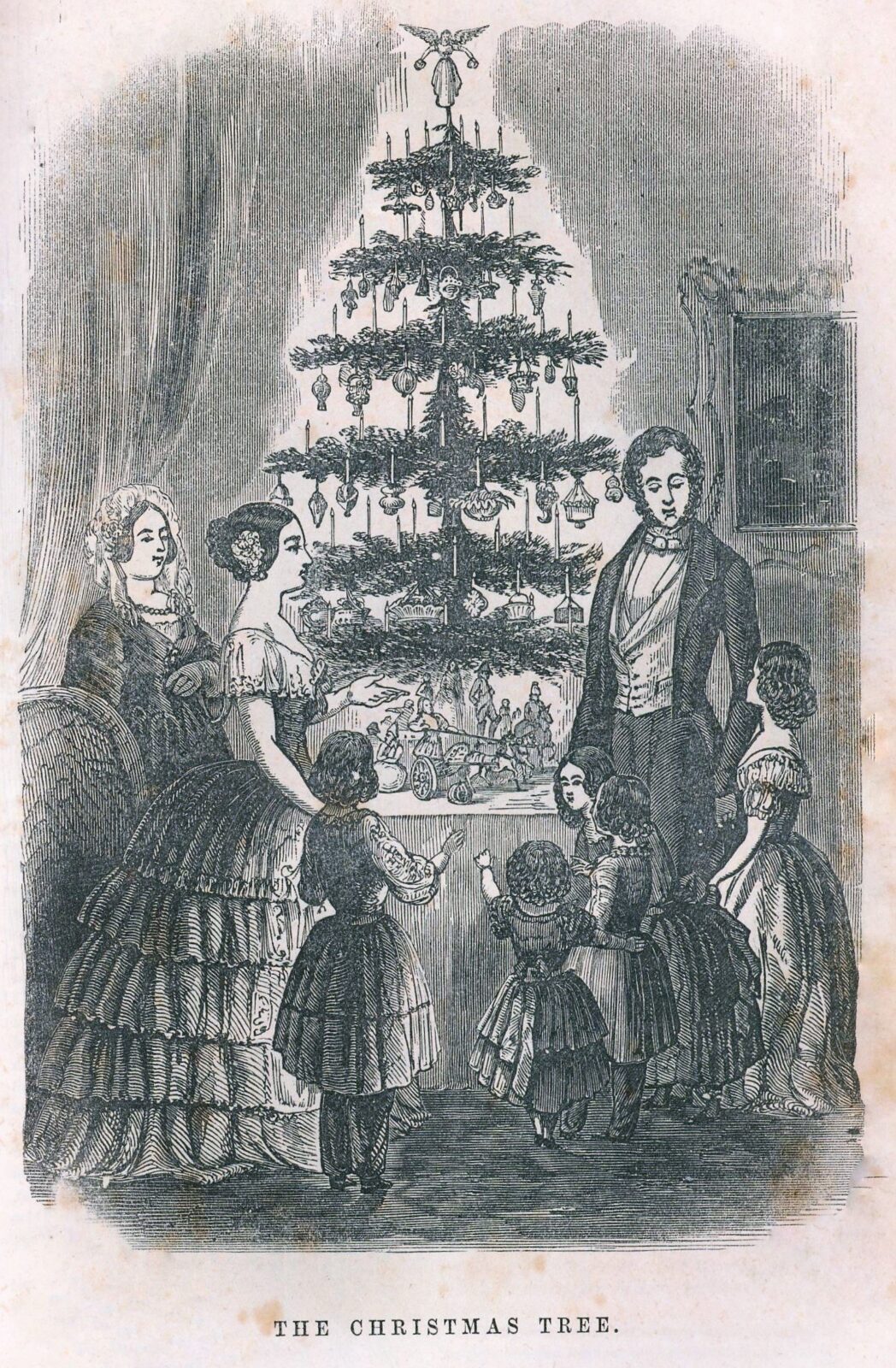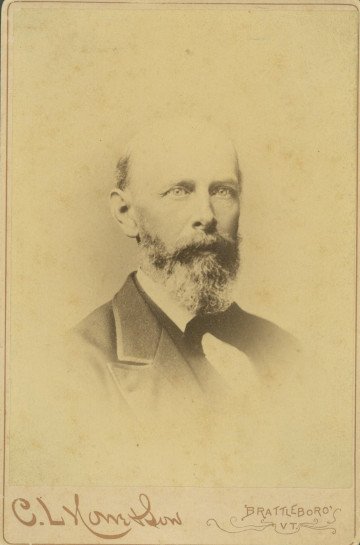The origins of blue and white delftware are linked to the Dutch trading empire, led by its financially and militarily powerful East India Trading Company (Vereenigde Oostindische Compagnie, or VOC). In the 17th century, delftware began to be modeled after popular Chinese ceramics, which were brought to the Dutch Republic in large numbers once the VOC had established a strong presence in East and Southeast Asia.
The Village Broadside
The Blog of Historic Deerfield
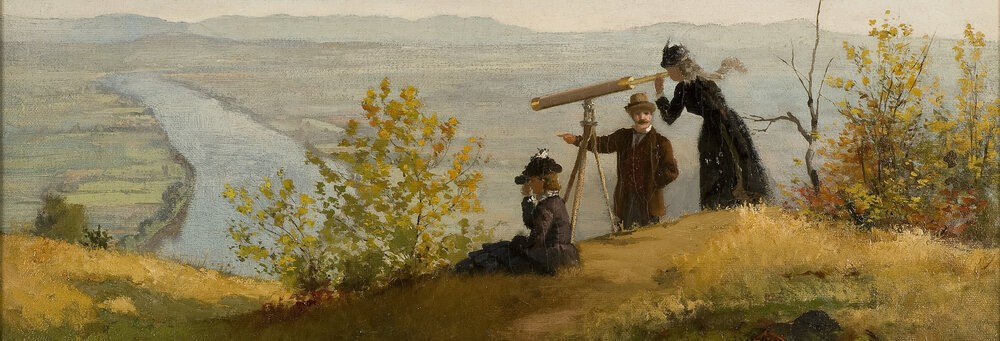
GALLERY: Wooly Wonders 2024
Historic Deerfield welcomed visitors of all ages to “Wooly Wonders,” from May 18-19, 2024. The annual celebration invited guests to learn about rare heritage breed sheep, including the Lincoln Longwool, Shetland, Merino, and Romney Marsh sheep, as well as demonstrations of sheepdog herding, hand-shearing, spinning on historic wheels, and weaving.
Enduring Legacies of Puerto Rican Labor in the Connecticut River Valley
Visitors driving into Deerfield or through the Connecticut River Valley may notice throughout their journey long wooden barns once used for drying tobacco leaves. These architecturally simple monuments lent their inspiration to the design of the Flynt Center of Early New England Life at Historic Deerfield. Though now largely abandoned, tobacco barns recall the cultural legacy of Puerto Rican labor in New England, creating the Valley’s first Latino communities.
Lineages of Female Makers in the Connecticut River Valley
Image: (Detail) Sarah Leavitt, embroiderer, Pole Screen, 1810. Metallic silk thread, off-white plain weave silk, metallic sequins, watercolors. 2007.19
In the early decades of the 19th century, young white women at academies and seminaries across New England spent their days mastering foundational arithmetic, reading, and geography while also diligently learning the decorative arts to develop morals and artistic skills. One particularly important hub for the making and teaching of these ornamental arts was the Connecticut River Valley.
The Last Illness of Mary Everett Taft
In the March 25, 1899 issue of the Greenfield Gazette & Courier, the following notice appeared:
“The public are very much saddened by the death of Mrs. Mary E. Taft, daughter of Mr. and Mrs. Edward Everett. Mrs. Taft has been seriously ill at her father’s house for three weeks and everything that medical science could do has been done for her…
The Journals of Abby and Mattie Sanderson of Whately Glen
In the winter and early spring months of 1874 and 1876, Martha “Mattie” Ann Sanderson (1854-1933) and her mother, Abby H. Rice Sanderson (1829-1902), kept a journal of their work schedules, domestic cookery, farm production and inventories, sewing projects, daily weather reports, church and prayer meeting attendance and numerous other tasks…
Judging a Book by Its Covers: Bring on the Bling
A comparison of two bindings from a recent gift highlights changes in bookbinding technology over seven decades. My previous post showcased a rare colonial binding that featured gilt tooling in a very restrained, elegant design. By the 1840s, advances and changing tastes culminated in exuberant gold stamping in this title, telling a different story…
Call for Papers: The Arts and Crafts Movement in America’s Northeast
Historic Deerfield is thrilled to announce the acquisition of a masterpiece of Arts and Crafts furniture constructed by Madeline Yale Wynne (1847-1918), Deerfield’s leading proponent of the Arts and Crafts Movement. Known as Garden of Hearts, the chest, with finely crafted, forged, hammered, carved, and painted elements, was made in 1903 and is an important example of Arts and Crafts furniture by a groundbreaking female artist.
Judging a Book by its Covers: A Rare Colonial Binding
A recent library donation of rare books included the 22nd edition of “Hymns and Spiritual Songs” published in 1771. It joins six other hymnals written by Isaac Watts (1674-1748), an English Congregational minister and hymn writer (most notably “Joy to the World”), whose many hymnals were reprinted long after his death. Three in our collection boast a western Massachusetts provenance…
An Extraordinary Gift to the Library
The generosity of an anonymous donor has brought the extraordinary gift to the Henry N. Flynt Library of a large and varied group of important rare books. Among them is one of the masterpieces of early European printing: the Liber Chronicarum, or the Nuremberg Chronicle, published in Nuremberg, Germany, in 1493, less than 50 years after the printing of the landmark Gutenberg Bible.
Digging in the Dirt: Arad Munn’s Second Job
The death of a loved one can be sudden and shocking, or the inevitable result of a long decline. Either way, those that remain find themselves tasked with the immediate details of death, such as preparing the body for burial, procuring a coffin, arranging a viewing and/or funeral, finding a burial site, and digging a grave.
An Unusual Scaleboard Account Book
Over the past decade, scaleboard bindings have attracted the interest of the book history community. Named because the book covers were made of thin pieces of wood that had been shaved, planed or scaled down to just several millimeters in thickness, this binding style was popular almost exclusively in New England from the early 18th through the early 19th centuries.
On the Mend
In the spring of 2020, I was one of the many people who sought to learn a new skill as a way to pass the long hours at home. My pandemic hobby was darning. When I went online in search of tutorials and videos that would teach me to repair the worn out heels of my old wool socks, I discovered to my surprise that darning was actually in!
Hold on for the Drop: Creelman House, Champney Legacy
Have you experienced the gut-punch when learning something surprising about a good friend? This is sometimes how it feels to study history. We learn the stories and voices of people from the past. Their world becomes less foreign but nevertheless remains impossible to reach. Every so often we find something unexpected.
What’s for Dinner?: Examining the Tools of Hearth Cooking
Generations of cooks have known the daily chore of putting food on the table for anxious mouths. Today, we have little trouble readying and preparing food—even if the result might not be perfect. Few modern American spend time butchering hogs, plucking feathers off chickens, grinding corn, or milking cows to make a meal.
Historic Deerfield Reopens for the Season April 16
At Historic Deerfield, our spring tasks aren’t the same as those recommended to the rural New Englanders of over 150 years go. We don’t get our potatoes in the ground early, set up our asparagus beds, nor plow. But the same spirit of renewal and preparation holds sway for us as we prepare to receive our own favorite crop: visitors!
Owen Jones’s Revolution in Color
In 1845, author Charles Hayter published the sixth edition of his popular artist’s manual An Introduction to Perspective, Practical Geometry, Drawing and Painting . Hayter, a noted portrait painter and drawing master to King George IV’s daughter Princess Charlotte, issued it several times beginning in 1813 until …
Revolutionary Recycling
When did we become the United States? Most Americans who know something of our history would probably say 1776; others might mention the Philadelphia Constitutional Convention in September of that year. And what of the rest of the world? When did widespread recognition of our sovereignty occur?
A Thoroughly Modern Christmas in Northfield
Heather Harrington, Associate Librarian, explores 19th century Christmas celebrations by examining a December 27, 1860 letter from Edward Wells Colton of Northfield, MA to his fiancée Susan Heard in Boston.
The Man with the Golden Smile: A 19th Century Visit to the Dentist
Heather Harrington, Associate Librarian, explores 19th century dentistry practices by examining a passage in a September 16, 1860 letter from Edward Wells Colton of Northfield, MA to his fiancée Susan Heard, in Boston.
